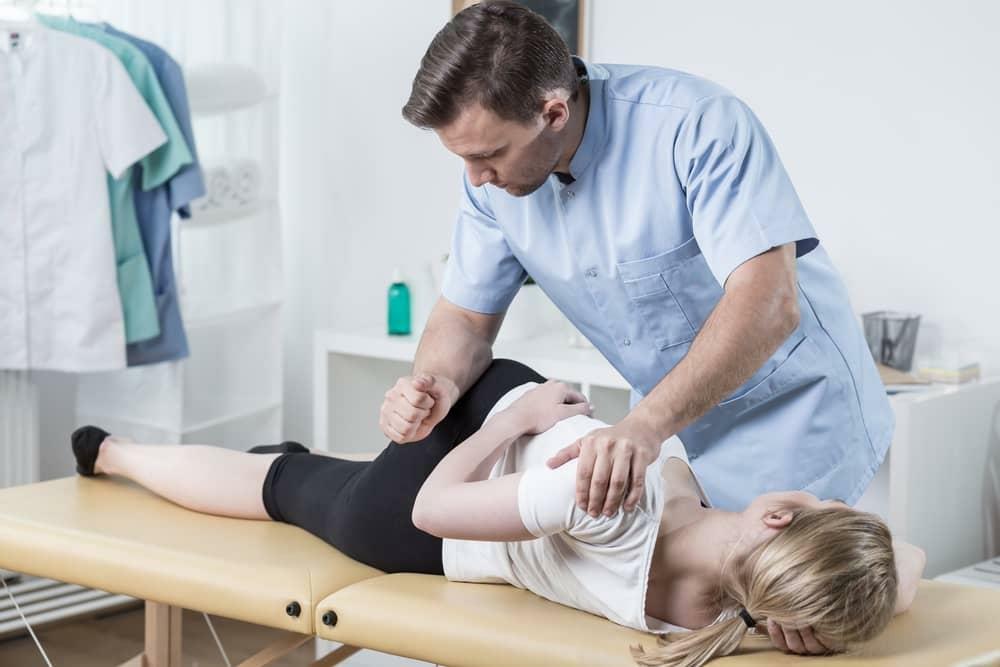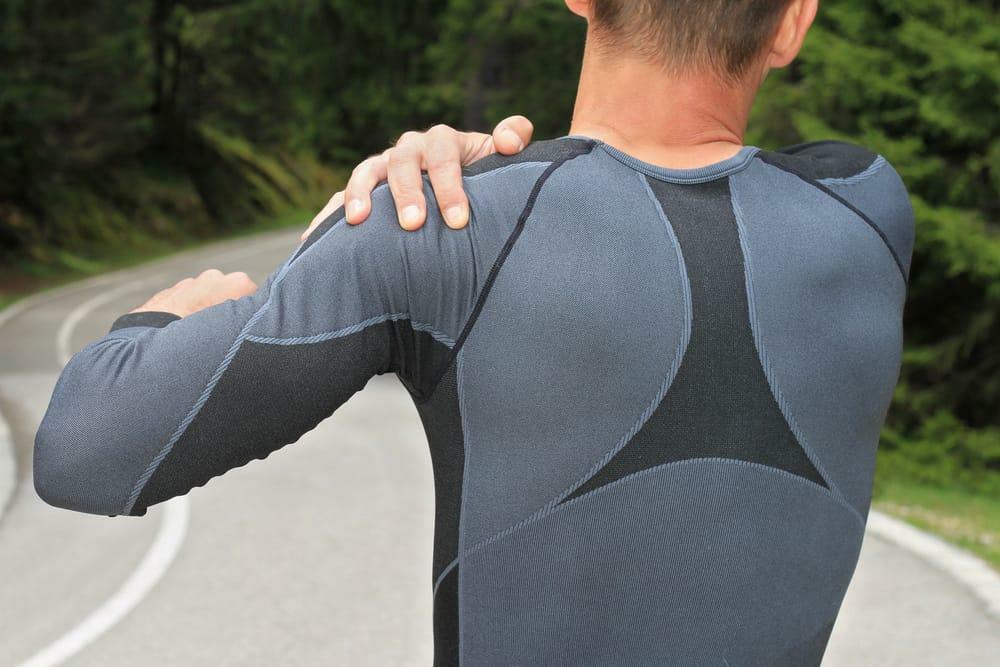
The Chiropractic adjustment is a thing that has been shrouded in mystery since 1895 when D.D. Palmer, an enthusiastic alternative medicine practitioner, stumbled upon the profession. The story goes that Palmer found a hard, palpable lump on Harvey Lillard, the nearly deaf janitor of his office building. Palmer decided that the lump must have something to do with Lillard’s hearing deficit and with a mighty whack shoved the bump, which Palmer surmised to be a “misaligned” vertebrae, back in the opposite direction and immediately Harvey regained his ability to hear.
Though the exact mechanism of this miraculous feat is still being chewed upon by the scientific community, the incident is well documented and Harvey really did regain his ability to hear following this intervention.
The chiropractic profession, however, has come a very long way since D.D.’s and has gained more traction in the scholarly community as a valid means for restoring joint function and ultimately alleviating pain.
Essentially, an adjustment from a chiropractor works on two main levels; a biomechanical level, addressing the physical joint itself and addressing the nervous system’s motor control in the area. Let’s start with the biomechanical level…
There are a couple thousand things that contribute to the dysfunction of a joint. To name a few, natural degeneration of bone surfaces due to age, past trauma to the area, repetitive small movements like looking down at a computer and typing, tight spastic muscle due to postural changes… the list goes on and on. Joint dysfunction causes actual physiological changes to the joint.
The muscles will tighten down around the joint in the body’s attempt to stabilize it, fibrotic bits of tissue (we’ll call it scar tissue) will work their way into the joint capsule, and finally the most apparent to everyone is the chemical cascade that ensues known as the inflammatory response as this is what produces pain.

This manipulation commonly comes with joint cavitation or chiropractic’s infamous “pop”. This pop is created by nitrogen gas escaping the joint capsule as it is put under tension during the adjustment (not bones crunching or breaking).
An important note here is that the goal of the chiropractic adjustment is to create movement, not necessarily a pop. The cavitation is a good rule of thumb that adequate movement was gained from the joint but isn’t a definitive marker. Much motion can be gained without cavitation and even the opposite can happen as joints can cavitate prematurely without the desired motion being gained. This is commonly the case with people who “pop” their own necks.
The second idea behind chiropractic adjustment is the local upregulation of the nervous system by way of increased motor control. When a joint is restricted its motion is aberrant, or abnormal. The little nerve cells that monitor joint motion called mechanoreceptors, therefore, don’t interpret well enough the joint motion, and the signal to the brain is altered.
The brain’s response to this decreased joint perception is to splint the joint by increasing muscle tone in the area around it. As you can imagine this worsens an already unfortunate circumstance. M.M. Panjabi wrote about this phenomenon and termed it the cumulative injury cycle 1. Joint dysfunction will cause decreased motor control and therefore increased likelihood of injury. This injury will cause further dysfunction and further decreased motor control and the cycle continues.

To summarize, here are some of the benefits of the chiropractic adjustment talked about in this article:
Reduction in pain by introducing movement into restricted joints.
Increased range of motion
Increased ability for muscles to contract by way of increased motor control.
Better ability to stabilize joints and therefore decrease the risk of injury.
All around better body function by way of adding input into the nervous system.
At Knoxville Spine and Sports, we are big proponents of adjustments and are fully aware of all the far-reaching effects that they can have. We love to utilize other modalities to come alongside the chiropractic adjustment and enhance its effects but they are always just that, secondary tools.
The techniques that we most commonly use are called full spine and diversified. These are both manual, hands-on adjusting techniques that we utilize for both the spine and extremities. This method of chiropractic adjusting is always desired as it is the best way to treat restricted joints as well as neurological deficits.
Occasionally, we will use a tool to help us adjust called an activator. This is commonly used if the patient has had beneficial experiences in the past with the tool or if their joints are not conducive to manual adjustment due to underlying pathology. Short of significant pathology such as advanced rheumatoid arthritis or severe osteoporosis, manual adjustment is always desired.
Another important thing to note is the manual adjustment IS SAFE. No bones are breaking, tissues tearing, or joints exploding, just increased the extensibility of the tissue around the joint.

If you are an athlete, you may have heard about us through a local sports facility for Sports Medicine. Some of the most common Sports Injuries we treat include:
Resources and referenced studies:
Panjabi, M. M. (2005). A hypothesis of chronic back pain: Ligament subfailure injuries lead to muscle control dysfunction. European Spine Journal, 15(5), 668-676. doi:10.1007/s00586-005-0925-3
Link to article: https://www.ncbi.nlm.nih.gov/pmc/articles/PMC3489327/pdf/586_2005_Article_925.pdf
Christiansen, T. L., Niazi, I. K., Holt, K., Nedergaard, R. W., Duehr, J., Allen, K., . . . Haavik, H. (2018). The effects of a single session of spinal manipulation on strength and cortical drive in athletes. European Journal of Applied Physiology,
118(4), 737-749. doi:10.1007/s00421-018-3799-x
Link to article: https://www.ncbi.nlm.nih.gov/pmc/articles/PMC5843672/
Research Study: Randomised comparison of chiropractic and hospital outpatient management for low back pain: results from extended follow-up
Link to the article: https://www.ncbi.nlm.nih.gov/pmc/articles/PMC2550426/
Other helpful articles:
https://www.acatoday.org/Patients/Why-Choose-Chiropractic/What-is-Chiropractic
https://www.acatoday.org/Patients/Why-Choose-Chiropractic/Chiropractic-Frequently-Asked-Questions

8029 Ray Mears Blvd, Suite 300
Knoxville, TN
37919
Phone: 865-337-5574
Monday
7am-12pm & 1pm-6pm
Tuesday
7am-12pm & 1pm-4pm
Wednesday
7am-1pm
Thursday
7am-12pm & 1pm-6pm
Friday
7am-12pm & 1pm-4pm
Saturday & Sunday
Closed